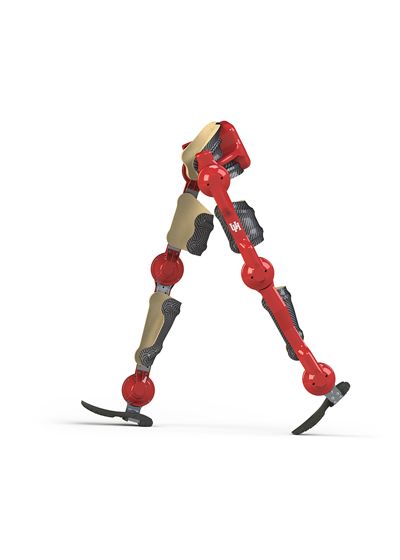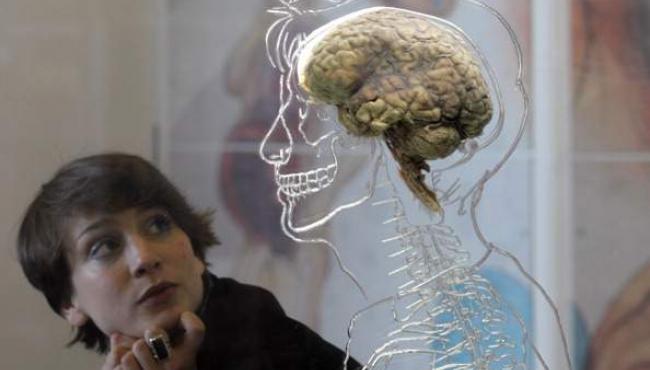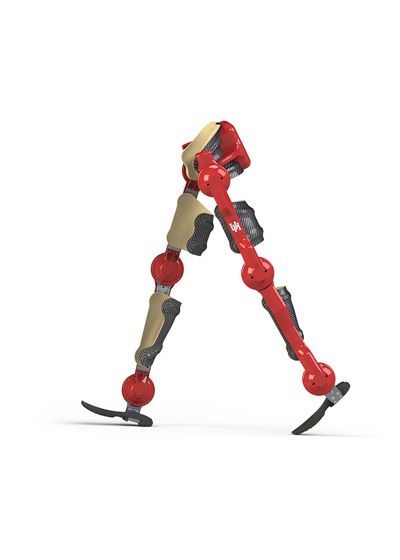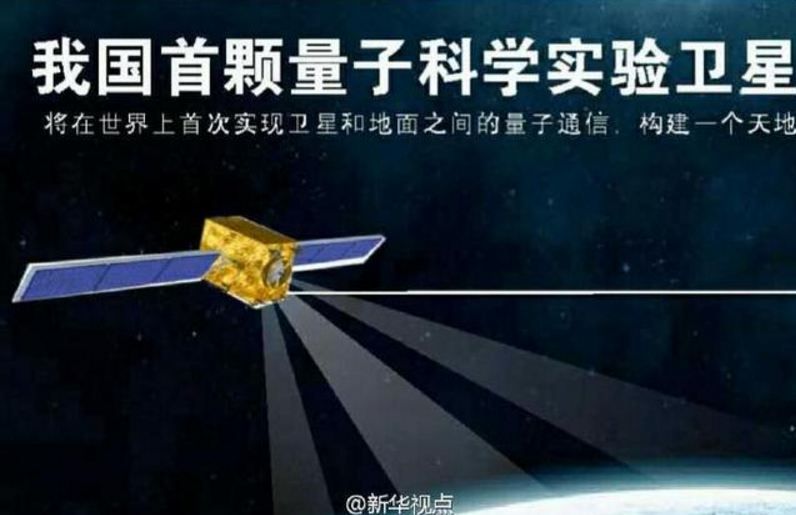Page 10834
Sep 24, 2016
HOIP’s ~ Columbia Chemists Find Key to Manufacturing More Efficient Solar Cells ~ Is this the Future of Solar?
Posted by Karen Hurst in categories: nanotechnology, policy, solar power, sustainability
In a discovery that could have profound implications for future energy policy, Columbia scientists have demonstrated it is possible to manufacture solar cells that are far more efficient than existing silicon energy cells by using a new kind of material, a development that could help reduce fossil fuel consumption.
The team, led by Xiaoyang Zhu, a professor of Chemistry at Columbia University, focused its efforts on a new class of solar cell ingredients known as Hybrid Organic Inorganic Perovskites (HOIPs).
Their results, reported in the prestigious journal Science, also explain why these new materials are so much more efficient than traditional solar cells—solving a mystery that will likely prompt scientists and engineers to begin inventing new solar materials with similar properties in the years ahead.
Sep 24, 2016
US Launches International Brain Initiative to Coordinate Brain Mapping Efforts
Posted by Karen Hurst in categories: biotech/medical, neuroscience, policy
The U.S. Department of State’s Office of the Science and Technology Adviser to the Secretary of State along with the Kavli Foundation; the U.S. National Science Foundation and the Global Partnerships Forum hosted the event that launched the brain initiative during the 71st Session of the UN General Assembly to elevate brain science as a foreign policy priority.
The International Brain Initiative aims to foster coordination of large-scale brain projects around the world in partnership with governments, research institutions, private sector, foundations, advocacy groups, and social innovators.
Toward this end, the United States with Japan, Germany, Argentina and the UN Conference on Trade and Development announced the launch of the International Brain Initiative, part of which is a virtual International Brain Station to enhance and facilitate global collaboration on both basic and disease-focused brain science research.
Continue reading “US Launches International Brain Initiative to Coordinate Brain Mapping Efforts” »
Sep 24, 2016
Brain Research: Brain Enhancements, Treatments and More Scientific Brain Discoveries
Posted by Karen Hurst in categories: biotech/medical, computing, neuroscience
A brief introduction about brain research.
The human brain is more complex and has far more capacity than a billion dollar computer. So far the research done on the brain is still in its nascent stages. What mysteries and secrets it holds for humanity in the future remains one of the big questions.
The 21st century has been called the “Century of the Mind”. Research into the functions and capabilities of the wonderful organ that is the human brain will skyrocket with duration as mankind enters a new era in discovery and invention.
Sep 24, 2016
Can an uploaded brain live forever?
Posted by Karen Hurst in categories: life extension, neuroscience
Sep 24, 2016
Mind-Controlled Exoskeleton Could Help Paraplegic Children
Posted by Karen Hurst in categories: biotech/medical, cyborgs, robotics/AI, wearables
University of Houston researchers aim to leverage a new, noninvasive brain-machine interface system that taps into human brainwaves to control and command a wearable exoskeleton—a technology that could enable paraplegic kids to walk.
Kristopher Sturgis

Continue reading “Mind-Controlled Exoskeleton Could Help Paraplegic Children” »
Sep 24, 2016
New Zealand startup Thought-Wired allows people with severe disabilities to communicate using their brain waves
Posted by Karen Hurst in categories: futurism, robotics/AI
Interacting with people through brainwaves either via technology or a telepathic six sense has been long explored in the genre of science-fiction: in Hollywood blockbuster X-Men the character Professor X is telepathic and has the ability to tap into and read other people’s minds.
While the concept of telepathy or thought-controlled communication was once thought to be a futuristic concept or a concept reserved only for the realm of science-fiction, technology today is advancing fast, with the world soon to expect the commercialisation of holograms as explored in The Time Machine, autonomous cars as seen in iRobot and now brainwave communication like in X-Men.
While science-fiction explores the dark side of these technologies, the real world is exploring a multitude of applications to enhance and improve people’s everyday lives.
Sep 24, 2016
China’s orbiting quantum satellite links with ground stations
Posted by Karen Hurst in categories: quantum physics, space
Satellite, named after ancient philosopher Micius, launched in August with a mission to establish a secure communications between China and Europe.
PUBLISHED : Saturday, 24 September, 2016, 11:47pm.
UPDATED : Saturday, 24 September, 2016, 11:48pm.
Continue reading “China’s orbiting quantum satellite links with ground stations” »
Sep 24, 2016
China’s Micius Military Quantum Satellite Reports Important Progress
Posted by Karen Hurst in categories: encryption, military, quantum physics, satellites
Quantum encryption uses the principle of “quantum entanglement” to foster communication that’s totally safe against eavesdropping and decryption by others.
The satellite’s true military nature is being disguised under the civilian name, Quantum Experiments at Space Scale, or QUESS. Publicly, QUESS is being billed as an international research project in the field of quantum physics.
Micius or Mozi is operated by the Chinese Academy of Sciences (CAS) while the University of Vienna and the Austrian Academy of Sciences run the satellite’s European receiving stations. The quantum satellite was launched last Aug. 16 from the Jiuquan Satellite Launch Center in the Gobi Desert.
Continue reading “China’s Micius Military Quantum Satellite Reports Important Progress” »
Sep 24, 2016
Weekend Being: Jacob Koshy writes on Manu Prakash, an engineer from Indian Institute of Technology, Kanpur
Posted by Karen Hurst in category: futurism
Frugality, crafting inexpensive knock-offs and making do with little may be the ethos of India’s pharmaceutical industry, its manufacturing sector and the spirit with which our scientists conduct their research but an Indian-origin bio-engineer at Stanford University has just won one of America’s grandest prizes — the MacArthur ‘Genius’ grant — worth Rs.4 crore for designing a $1 microscope.
Towards do-it-yourself science
Manu Prakash from Rampur, Uttar Pradesh and an engineer from the Indian Institute of Technology, Kanpur, has made a name for fashioning ingenious devices that make the essence of science — observation and experiments — accessible to those who can’t afford expensive instruments.


















